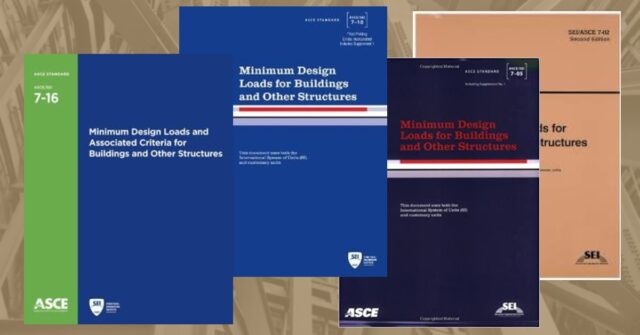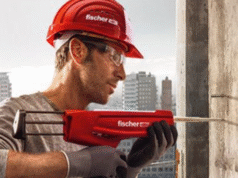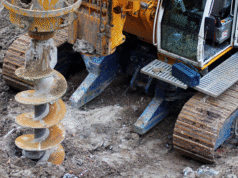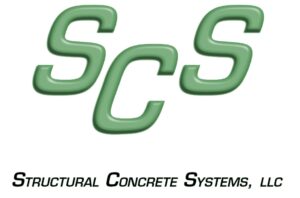- Thursday, October 15, 2020
- Noon-1:00 p.m. (Central)
- Online webinar.
- 1.0 PDH with verified attendance (must be logged in for at least 50 minutes of the webinar)
- Free to SEAoT attendees
How to register:
- Click here to register
- Confirmation email will contain instructions and Zoom link for webinar
Topic:
How US Building Code Changes in Wind and Earthquake Design Can be Misunderstood Outside of the US and Can Lead to Litigation
Abstract:
The presentation will focus on three disputes between facility owners and their engineering, procurement and construction (EPC) contractors that have arisen at recently-constructed petrochemical facilities outside of the US. All three case studies that will be presented are based on owners not fully understanding the latest US code provisions (ASCE 7), how ASCE 7 can change from one edition to the next, and how one cannot necessarily take site-specific wind or earthquake hazard input data that is applicable for one edition of the standard and apply it without change to a subsequent edition of the standard. All three disputes are remarkably similar and could easily have been averted. The first case study focuses on the seismic design of a new unit in a refinery in South America, while the second and third case studies focus on the wind design of some recent refinery expansions in the Middle East. The presentation concludes with recent changes in the recommended wind design procedure for LNG facilities both within the US, and by extension, globally.
Presenters:
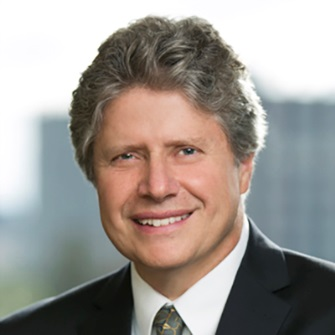
Paul B. Summers, P.E., S.E., CPEng, F.ASCE
Senior Principal
Simpson Gumpertz & Heger
Mr. Summers has over thirty-five years of experience in analysis and design of industrial structures, buildings, components, tanks, and pipelines subjected to static, dynamic, blast, earthquake, high wind, fire, flood and wave loadings. He is a registered professional and structural engineer, and has served on a number of committees charged with developing design and evaluation criteria for both new and existing industrial facilities. Mr. Summers has provided expert services in a number of disputes related to construction, building collapse, settlement, wind, blast, fire and earthquake loading on industrial facilities and building structures.

Guzhao Li, Ph.D., P.E., S.E.
Staff Consultant
Simpson Gumpertz & Heger
Dr. Li is a registered civil and structural engineer with over twenty-five years of experience in structural analysis and design. He has been involved in the analysis, design, and evaluation of both new and existing blast-resistant structures in petrochemical facilities and the design and evaluation of onshore and offshore structures subjected to wind, wave, current, earthquake, and blast loads. Dr. Li has recently served on the American Society of Civil Engineers (ASCE) Task Committees for Wind Load Design at Petrochemical Facilities and Blast-Resistant Design at Petrochemical Facilities. Dr. Li has expert knowledge about structural design code and design specifications such as API RP2A, AISC 360, AISC 341, ACI 318, IBC, ASCE 7, NFPA 59A, Eurocode, etc.


